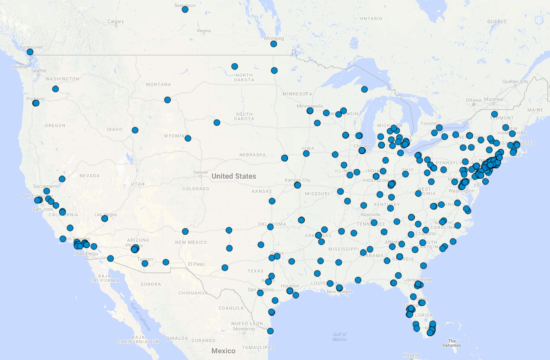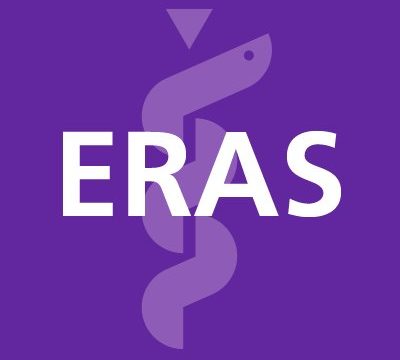It’s 2018. Things are much different now than they were 5, let alone 10 years ago. Today, medicine is…complicated.
As someone who might be interested in medicine, you have more choices now than ever, to provide patient care. Here are some of the main and rising pathways to getting involved in medicine.
Nursing – RN
Nurse Practitioner – NP
Physician Assistant – PA
Physician – MD or DO
Now to be fair, none of these are “new” however how they are being used and where each position stands in the clinical setting has changed and will continue to change as healthcare evolves. What I mean by this is, 20 years ago, physicians, mainly MDs used to have autonomy in their patient care. Care for the patient, make decisions that will benefit the patient, and everything else will follow.
Today, medicine is a mix of politics, insurance coverage, patient centered medicine and a certain level of defensive medicine (however that’s for another discussion). What I wanted to talk about is where these positions fall in the clinical setting.
More and more DO / osteopathic schools are opening and even as recently as 5 years ago, there was a stigma of DOs not being equal to MDs. Having rotated through clinical rotations as a student, I can honestly say that is not true. And even more recently, the two match programs are even merging further affirming that the degrees have enough overlap to be able to practice the same medicine. If anything, DOs are better trained when it comes to osteopathic manipulation and musculoskeletal issues (which is becoming a growing medical problem).
So MDs and DOs are about equal so where does that put the NPs and PAs?
In my experience, these two position have gained quite a bit of traction of the years. Advantages to these two include shorter school times and less debt, and increasing autonomy in the clinical setting. PAs and NPs tend to have more consistent working hours leading to a better lifestyle. Pay although not 100% of physician salary, is still usually close if not 6 figure salaries. Because the cost of PA and nursing school is significantly less than that of medical school, some may say this is a higher return on investment and better value for people who want to raise a family and not start thousands of dollars in debt. Although PA/NPs won’t live lavish lifestyles per se, most will be comfortable and happy and will have work in an industry that provides relatively good job security. Another benefit to both these positions is that they have job flexibility and the ability to pivot to other fields of medicine fairly easily. By this I mean, they aren’t locked into specializing into a narrower field as most MD/DOs do. And lastly, the reason why most people go into medicine is to help people and work with patients. Most PAs and NPs in the private offices I’ve seen at least, and even in the hospital setting, have their own list of patients and see patients and order medications on their own. At the end of the day, the physician signs off on these orders but for all intents and purposes, they have a decent amount of responsibility and autonomy with their patients while at the same time. In fact, certain states allow NPs to practice independently.
So before committing to medical school, consider your priorities and your intention going into the medical field. Not to say that you shouldn’t apply to medical school or push yourself to become a physician, but if you truly only want to help people and you want to have a life and a family and do so within 2-4 years rather than 8-10 years, consider some of these alternatives.




